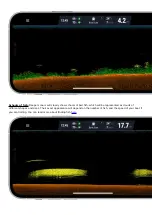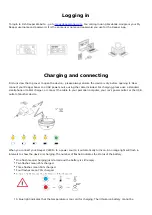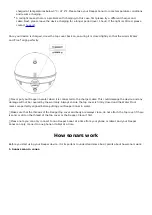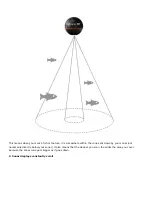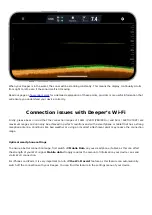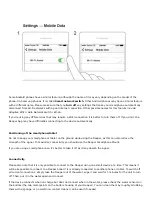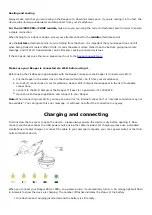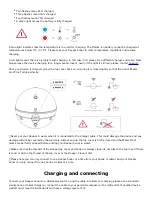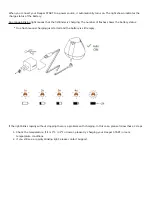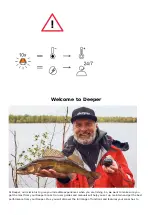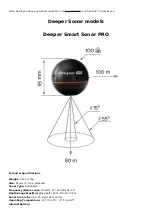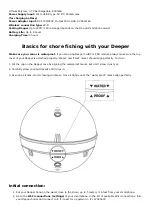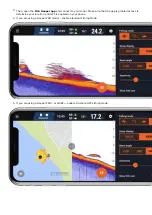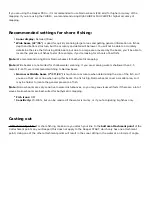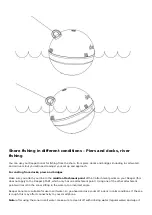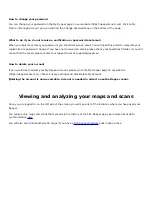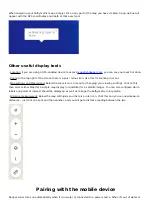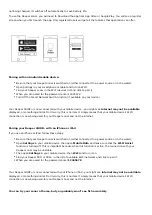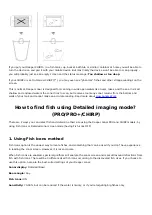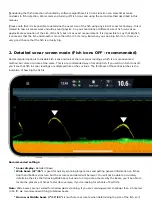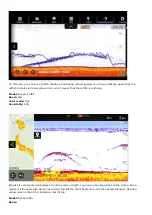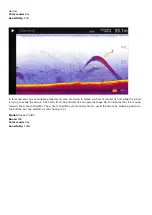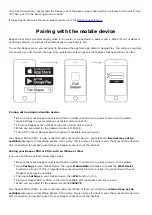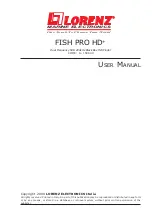
- Line: All our sonars are tested to cast using line from 6lbs / 2.7kg test monofilament up to 20lbs / 9kg test
braided line. Always ensure your line is in good condition - not frayed or worn – before casting out your Deeper
Sonar.
For extra safety, we recommend 25 lbs / 11 kg braided line, or even stronger line.
- Rods: Deeper Sonars are suitable for casting with heavy action and medium action rods. With heavy action rods
you can cast your Deeper overhead. With medium action rods, cast your Deeper using a side cast technique.
Reeling in
When reeling in your Deeper Sonar, the most important point to remember is to retrieve it at a slow, steady pace.
Here’s why:
- Reel in slowly: Reeling in too quickly can cause your Deeper to rock from side to side. If this happens, the sonar
readings will be less reliable. For example, if the sonar is tilted to one side, the sonar signal will have to travel
further before it hits the bottom. This will result in the depth being shown as deeper than it actually is.
- Reel in steadily: Retrieving your device at a steady, continuous speed is also important. Remember that your
sonar is constantly scanning. This means if your device is stationary, the bottom will appear flat on your screen
because the sonar is just repeatedly sending the same depth reading. If you start reeling in your sonar and the
bottom remains flat on your display, then you know it really is a flat bottom. As the depth changes, for example if
you are reeling in over a drop off, it is important to keep a steady speed. If you slow down your reeling speed, the
slope will appear more gradual on your display. Speed up, and it will appear steeper. By maintaining a steady
speed, you will get an accurate indication of how steep the depth change really is.
Summary of Contents for START
Page 40: ...Deeper Smart Sonar PRO ...
Page 41: ...Technical Specifications ...
Page 68: ...Soft bottom ...
Page 95: ...Deeper START ...
Page 96: ...Deeper 3 0 ...

